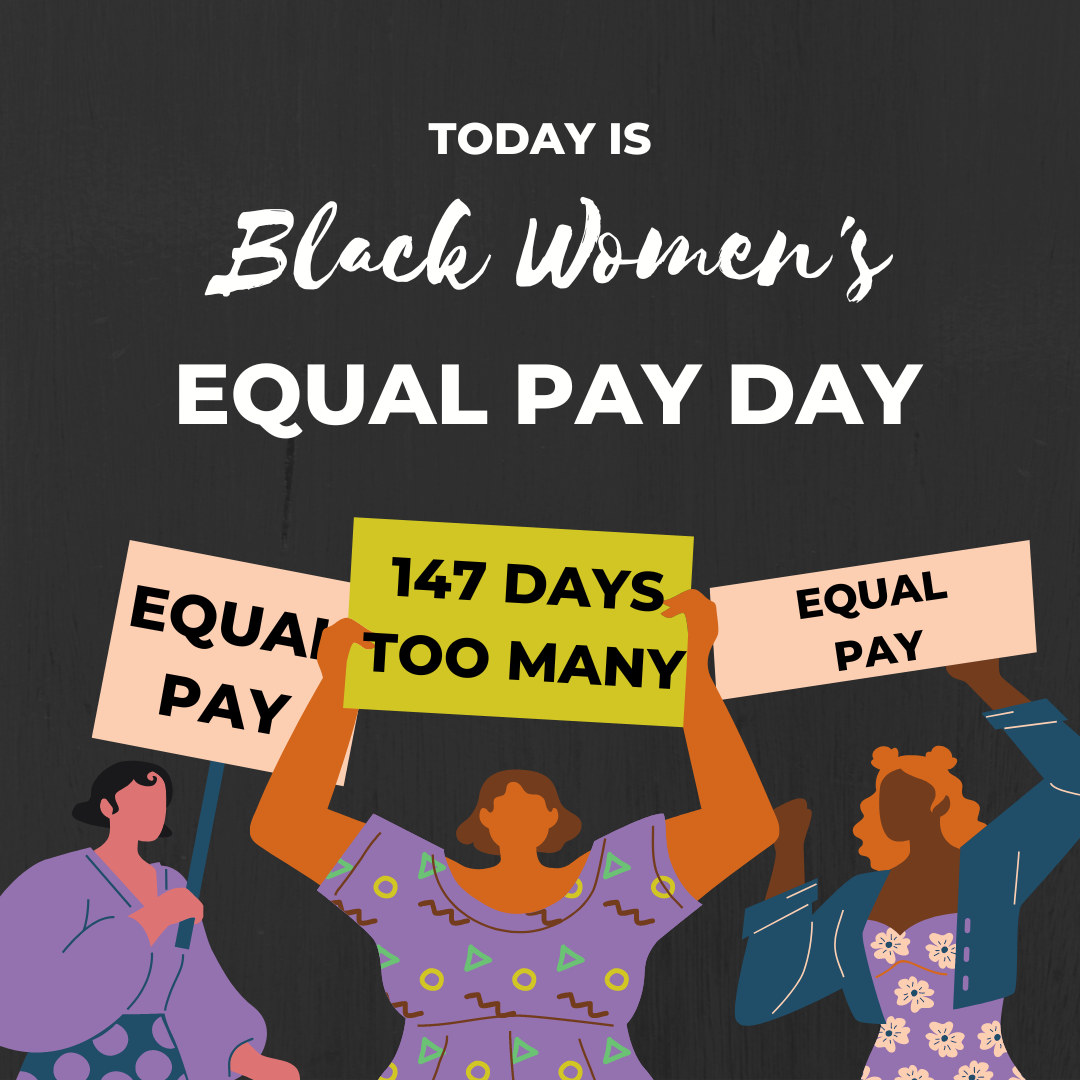The COVID-19 crisis has reached a point where we are seeing robust statistics about who’s getting sick from the virus and who’s dying. The emerging picture is very stark – for women in particular.
Much publicity has been given to COVID-19’s effects on men: their seemingly greater vulnerability and increased likelihood of dying once infected. In most countries that report gendered statistics, it appears that men are as much as 50% more likely to die following diagnosis than women.
Based on these assumptions about how the virus operates on men and women, you’d think the death toll among men would significantly outweigh that among women. But population health dashboards are showing that’s not the case.
Women are dying in higher numbers.
Based on WHO and other dashboards tracking pandemic population data, women represent over half of active cases and deaths. In Canada, the gender skew is more striking: women represent 55% of cases and 53% of deaths.
One likely factor is Canada’s ongoing outbreaks at long-term care homes and assisted living facilities. Due to longer average lifespans and a higher likelihood of being widowed, a larger percentage of women than men reside at such facilities, and the COVID-19 death toll reflects this.
As well, such facilities employ roles such as personal support worker (PSW), which are more likely to be held by women than men, and also more likely to be held by immigrants and racialized persons. In Canada, 90% of PSWs and nurses are women, as are 80% of lab workers and 75% of respiratory therapists. Especially in the early days of the pandemic, when masks weren’t being consistently worn and protocols weren’t in place, these workers faced risks that weren’t yet fully understood. For those working at multiple care homes – as has historically been the case for low-wage PSWs earning less than $2000 a month – the risks were compounded.
Not only do women dominate the healthcare frontline – especially in lower-paid roles – they dominate many other frontline occupations, often referred to as the “5 Cs”: caring, cleaning, cashiering, catering and clerical – roles that put them squarely in COVID-19’s crosshairs. These jobs can potentially expose them to the virus through food service, touching contaminated surfaces or items, and interacting in customer-service situations. While such roles carry a higher infection risk, they are also less likely than other roles to be “secure”; they may offer irregular or part-time hours, and they usually don’t include benefits or sick leave. This creates an incentive to report to work despite feeling unwell – another factor contributing to higher infection rates among women.
Women are suffering economically.

In addition to the front line, women also work heavily in the informal economy – for example, running daycares out of their homes, providing personal services such as hairstyling or personal training, or taking shiftwork on an on-call or casual basis. These arrangements allow them to earn a limited income while being the primary caregiver in their families, but they are rarely lucrative. Moreover, for women who head up the majority of single-parent households, this income goes a limited distance;
they are unlikely to have significant savings. Thus when they are hit by the virus or laid off due to the shutdown, they often have no safety net.
Meanwhile, the kids are home from school – many for the foreseeable future. BC is taking a stepped approach, with students attending on a part-time, optional basis – which leaves families grappling with the challenge of supporting their children to learn online. Those with very young children are providing full-time care because many daycares are shut down. Those with elementary-age children have needed to effectively become part-time teachers while holding the household together financially. Much of this falls to mothers.
Women are at increased risk.
The last two months have marked a jagged increase in gender-based violence. Being forced to “lock down” with abusers, women are experiencing physical abuse and finding it impossible to avoid their abusers. Finding privacy or space to make a phone call to a shelter can be challenging; making plans (such as packing or finding documents) may be impossible with an abuser in the house. Demand has increased for emergency shelter space, even as these supports are struggling to stay staffed and to provide extra safety measures such as cleaning and to facilitate physical isolation. Shelter staff report working 12-hour days as they address this potentially deadly side-effect of COVID-19.
In addition, access to health supports is limited. Getting access to a family physician is challenging, with doctors being “slammed by COVID.” Thus a potential reporting mechanism for domestic violence has been eliminated. On top of this, general reproductive and sexual health supports have all but evaporated as clinics find themselves almost entirely devoted to battling the coronavirus. Support services are working on skeleton crews and cannot fundraise to continue their work.
Women are carrying the load.
The World Health Organization estimates that women make up 70% of health and social service workers globally. They are at the forefront of this pandemic – providing care while incurring the highest degree of risk to themselves and their families. In addition, many frontline jobs are held predominantly by women – they bag your groceries; they disinfect the counters; and an overwhelming majority of female teachers are now poised to welcome small numbers of children back to school. At home, they’re relearning algebra and urging – sometimes begging – their kids to complete their online lessons. They continue to do the chief-cook-and-bottle-washer functions of families, to venture out for groceries, and to deal with their children’s raw emotions – all while facing economic uncertainty.
How will COVID-19 affect women in the long term?
The pandemic has shone a light on systemic failures in our country, and internationally. According to Statistics Canada, the job decline for women since February has been twice that for men. It may take years for women’s workforce participation to achieve pre-crisis levels again.
The patchwork of supports offered by the federal government has been reactive by necessity. The COVID-19 crisis is emergent, and the future is unknown. Even in a best-case scenario, medical authorities are predicting an almost certain resurgence of the virus in the fall. This will undoubtedly contribute to ongoing instability in those 5C sectors where women are so often employed.
There is an urgent need to examine Canada’s care economy – both paid and unpaid – to mitigate the risks for healthcare workers, eliminate perverse incentives (e.g., working while sick to avoid losing one’s job) and ensure they have financial support. As data continues to pour in on the economic impacts of COVID-19 on women, it is imperative that our best minds analyze it through a gendered and intersectional lens. Single parents, newcomers, Indigenous women, racialized women, disabled women, and women living below the poverty line are all at the highest risk of being hurt by this crisis, and they will need the most support to recover.
What can we do as we go forward?
We’re learning every day from this crisis. Even as the economy craters, we’re seeing tremendous strength from leadership. The reassurances of Dr. Bonnie Henry and Dr. Theresa Tam are buoying people through this challenge. Our teachers are communicating with us and supporting our kids to continue learning.
We’re learning the importance of being nimble and adapting our thinking as new facts are learned. We’re

rising to the tech challenges of working from home. We’re rethinking how to work and live and exercise – what’s important and what’s not in the day-to-day lives of our families. What’s imperative going forward is that we bring all our compassion, our reason and our determination to address the gender inequities resulting from the COVID-19 outbreak.
Sources: City News 1130, Global Health, Statistics Canada, PubMed Central, Ipsos, Wikipedia, New York Times and The Lancet.
Diversation Question
Are you an essential worker? Parris Consulting thanks you for your service! Drop us a line in the comments section to share a good-news-story about your favourite essential worker.




